Contact Details

Emuge Corp. has announced its thread making tool quality is available in a Self-Lock integrated locking system. Emuge Self-Lock threading tools offer a high-quality alternative in thread locking for vital safety applications in a variety of industries.
The Emuge thread locking feature is integrated in the internal thread, and has a modified profile with a 30 degree ramp surface in the direction of stress, which provides the self-locking effect. In an ideal screw connection for high-stress situations, where there is a standard external thread in an Emuge SELF-LOCK internal thread, the internal thread yields a self-locking screw connection that can be used repeatedly.
"The special profile of the Self-Lock thread allows an even distribution of stress over the entire thread length and therefore eliminates slippage," said Mark Hatch, product director at Emuge Corp. "We are pleased to offer such a safety critical threading solution which results in no stripping of threads and is cost-effective because no additional components are necessary."
Compared with standard threads, the Emuge Self-Lock internal thread reportedly shows constant, maximum holding power under dynamic stress. Functions remain in good operation even with repeated loosening and retightening of the thread connection. This locking effect is caused by the ramp-shaped surface integrated into the thread profile.
Self-Lock technology results in increased threading tool life for larger thread hole diameters and provides larger tolerances for thread hole diameters. Also, assembly is easy with no assembly errors possible such as forgetting the locking device. To gage Self-Lock threads, Emuge recommends using its two-piece gage system which corresponds to the usual combination of a GO/NO-GO gage.
EmugeSelf-Lock threading tools work with standard external threads (screws) with tolerance class "medium." Internal threads can be produced with Emuge taps, cold forming taps or thread mills.
Related Glossary Terms
- threading
threading
Process of both external (e.g., thread milling) and internal (e.g., tapping, thread milling) cutting, turning and rolling of threads into particular material. Standardized specifications are available to determine the desired results of the threading process. Numerous thread-series designations are written for specific applications. Threading often is performed on a lathe. Specifications such as thread height are critical in determining the strength of the threads. The material used is taken into consideration in determining the expected results of any particular application for that threaded piece. In external threading, a calculated depth is required as well as a particular angle to the cut. To perform internal threading, the exact diameter to bore the hole is critical before threading. The threads are distinguished from one another by the amount of tolerance and/or allowance that is specified. See turning.
- tolerance
tolerance
Minimum and maximum amount a workpiece dimension is allowed to vary from a set standard and still be acceptable.

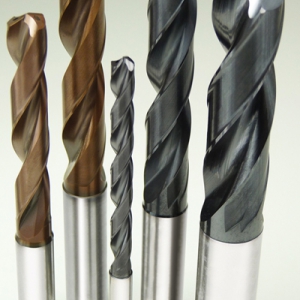
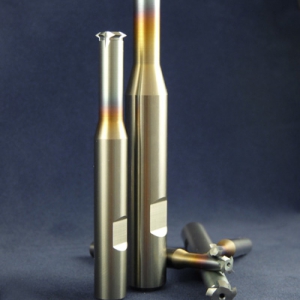
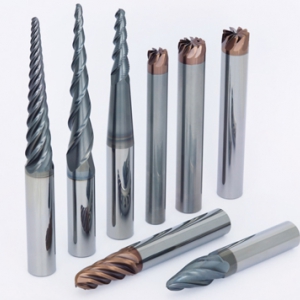

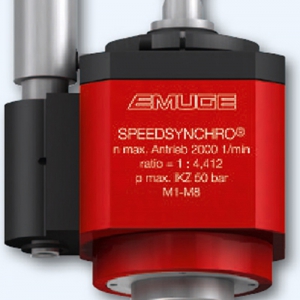
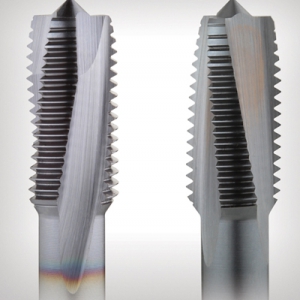
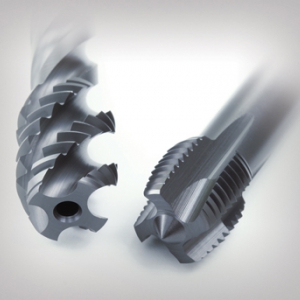
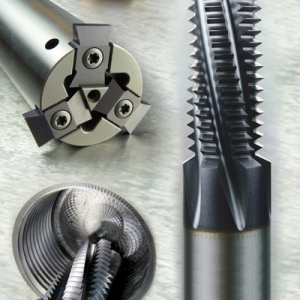
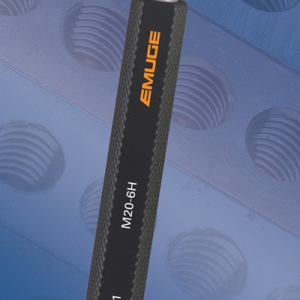
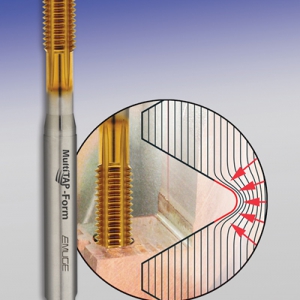
 PRODUCTS
PRODUCTS

